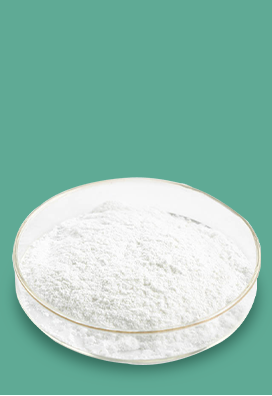
Aug . 14, 2024 11:46 Back to list
Exploring the Use of Ivermectin in Poultry Farming for Healthier Chicken Production
The Role of Ivermectin in Chicken Farming
In recent years, the use of Ivermectin in agriculture, particularly in poultry farming, has garnered significant attention. As a broad-spectrum antiparasitic agent, Ivermectin is commonly employed to control a variety of pests that can adversely affect the health and productivity of chickens. This article explores the applications, benefits, and considerations surrounding the use of Ivermectin in chicken farming.
Understanding Ivermectin
Ivermectin is a member of the avermectin family of compounds, primarily derived from the soil bacterium _Streptomyces avermitilis_. Initially developed for veterinary use, it has become an essential tool in the management of parasitic infections in livestock, including poultry. Its effectiveness against a range of internal and external parasites—such as mites, lice, roundworms, and some species of flukes—makes it invaluable for maintaining the health of chicken flocks.
Benefits of Using Ivermectin
One of the principal advantages of using Ivermectin in chicken farming is its potent efficacy against common parasites. For instance, infestations of external parasites like mites and lice can lead to significant stress in chickens, impairing their growth, egg production, and overall health. By administering Ivermectin, farmers can effectively eliminate these pests, thus improving the welfare and productivity of their flocks.
Additionally, Ivermectin is generally well-tolerated by chickens, with relatively few side effects. This makes it a favorable choice for many poultry producers who require a reliable antiparasitic treatment without the risk of severe adverse reactions. Moreover, Ivermectin's long half-life means that a single dose can provide prolonged protection against reinfestation, reducing the frequency of treatments needed.
Application Methods
ivermectin for chickens factory

Ivermectin can be administered to chickens through various methods, including oral dosing, injection, and even topical applications. The choice of method often depends on the specific circumstances of the farm, such as the type of parasites present and the overall health of the birds. In factory settings, where the scale of production is large, bulk treatments via drinking water may be employed for efficiency.
When applying Ivermectin, it is crucial for farmers to adhere to recommended dosages and withdrawal times. This ensures that any residual levels of the drug are within safe limits for human consumption, thereby aligning with food safety regulations.
Challenges and Considerations
Despite its benefits, the use of Ivermectin is not without challenges. One major concern is the potential development of resistance among parasites due to overuse or improper use of the drug. Resistance can diminish the effectiveness of treatments, leading to increased prevalence of infestations. To combat this issue, it is vital for poultry producers to rotate antiparasitic treatment protocols and incorporate integrated pest management strategies.
Another consideration is the regulatory status of Ivermectin in different regions. Farmers must remain informed about local regulations governing the use of veterinary drugs to ensure compliance and safeguard public health.
Conclusion
Ivermectin serves as a crucial tool in the management of parasitic diseases in chicken farming. Its effectiveness, coupled with its relative safety for poultry, has made it a staple in many producers' health management programs. However, responsible usage and a proactive approach towards resistance management are essential to maintain its efficacy in the long term. Through careful application and adherence to best practices, farmers can ensure the health and productivity of their flocks while contributing to sustainable poultry production.
-
Immunovital Fish Feed Factory | AI-Optimized Nutrition
NewsAug.03,2025
-
Quality Bacillus Coagulans BC30 Factory - Expert Production
NewsAug.02,2025
-
China Salivation AI with GPT-4 Turbo Features
NewsAug.01,2025
-
Epic Sepsis Factories: AI-Driven Detection with GPT-4 Turbo
NewsJul.31,2025
-
Acute Salpingitis and Oophoritis AI Factory
NewsJul.31,2025
-
Premium China Bacillus Subtilis Supplier & Factory Solutions
NewsJul.30,2025




